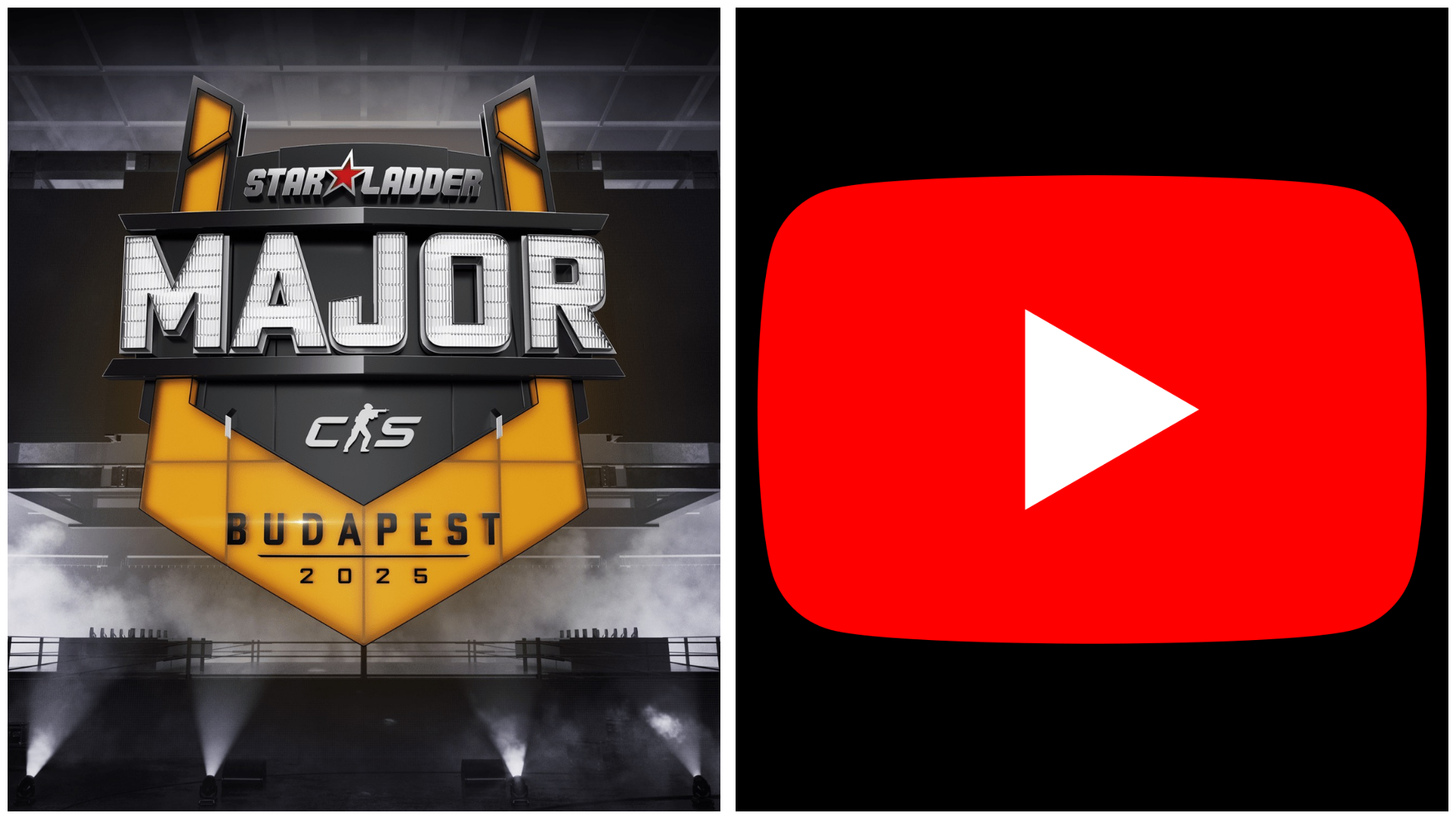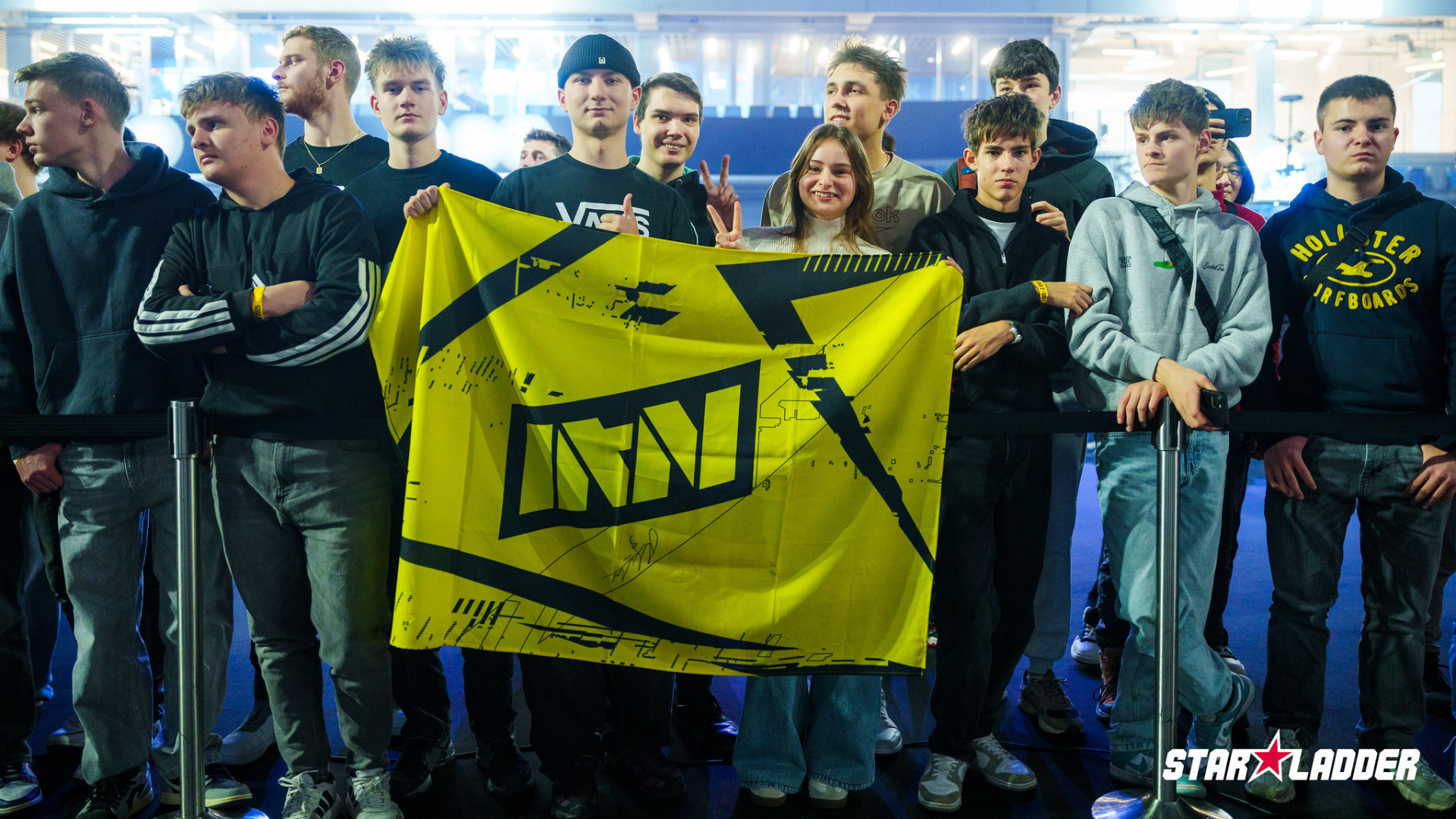Ahead of the upcoming Regional Major Rankings cycle that determines the participants of the 2022 Valve-sponsored CS:GO Majors, Valve is making a handful of changes to its qualification system, according to a Valve blog post initially shared by HLTV.
HLTV reports that Valve has made the decision to run offline RMR events on LAN in just three regions, combining the six regions used in online play. For LAN events, teams from North America and South America would play together, as would European and CIS teams, and Oceanic and Asian teams. But online events will reportedly continue to be split up between six regions so teams can compete with proper ping settings.
Additionally, the blog post, which Valve has yet to officially share on its own social media channels, outlines a few new and updated changes to the RMR system, including a big one regarding which region teams can compete in. Going forward, a team’s region will be solely determined by the citizenship of the majority of its players. In previous years, regions like North America had teams with a majority of Brazilian and even Australian players competing in it. A team like FURIA or paiN will be able to play in the Americas LAN events for RMR but won’t be able to play in NA online RMR events.
Each Major again will feature eight Legends, eight Challengers, and eight Contenders. The distribution of Major qualifying teams will look like this, according to HLTV:
- Europe and CIS: Seven Legends, six Challengers, three Contenders
- Americas: One Legend, two Challengers, three Contenders
- Asia and Oceania: Two Contenders
This distribution of the teams and the announcement of the region mergers have not been officially revealed by Valve yet.













Published: Jan 25, 2022 12:21 pm